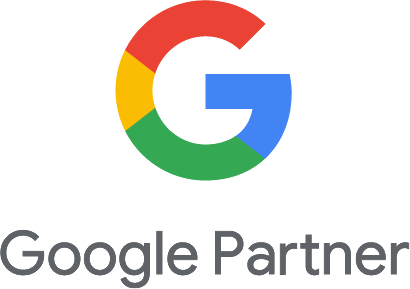Data is one the keys to success with digital marketing for law firms. The problem is, there are so many digital marketing metrics you can track that it is difficult to know what you should be looking at.
While there are many types of analytics that may prove helpful, there are certain metrics that should be at the top of the list. These metrics let you know if you are getting the return on investment you are seeking, or whether you need to make some changes to get the numbers moving in the other direction.
PMP has been diving into the data on digital marketing for more than 15 years. We know what metrics law firms should monitor and how to improve numbers that are not where law firms want them to be.
Below, we discuss some of the most important metrics when measuring the success of your law firm’s digital marketing campaigns. If you have questions about digital marketing data or improving some of your law firm’s numbers, contact us to learn how we may be able to help.
Cost Per Lead
This is arguably the most important digital marketing metric outside of conversion rates. Cost per lead tells you how much it costs to get a new lead. For example, you can find out how much it costs to get a lead from a pay-per-click or local services ad campaign.
Some leads are not going to turn into cases, so if your law firm is spending too much to get leads, your firm is not getting the most out of its digital marketing budget.
While your goal is to get the cost per lead as low as possible, your overall goal is to get more cases. That means cost per lead is about more than just getting a lot of leads. You need leads that may have a higher likelihood of turning into cases.
That is why you need to customize your digital marketing campaigns for the types of cases and clients you want. PMP has extensive experience helping plaintiff law firms across North America customize their efforts to improve their cost per lead and get more cases.
Conversion Rate
The conversion rate tells you the percentage of website users who took an action, like completing a contact form. The conversion rate is calculated by dividing the number of users who converted by the total number of users who visited the page.
If your landing pages have a low conversion rate, it means users are not taking the action you want them to take when they get to the page. This could be because users are unclear about what you want them to do. This could be because the words and phrases used on the landing page are unclear or your messages are not concise.
Low conversion rates could mean the leads who are coming to the page are not the type of leads who are likely to convert. It could also mean that the landing page has a poor user experience or that you need to change the words on the page to get more users to convert.
Improving conversion rates often starts with testing to find out what users do when they get to the page. For example, people usually only look at certain parts of a webpage.
There are also certain words or phrases that are more likely to convert, and you can learn what those words or phrases are with A/B testing. You can compare conversion rates with different words or phrases. You can also compare conversion rates with buttons that are different colors or in different locations on the landing page.
When you lower the cost per lead and improve conversion rates, you are well on your way to getting a strong return on your digital marketing investment.
Organic Website Traffic
Ads are dominating the top of Google search results, especially on mobile devices. When people search for lawyers on Google, it takes at least a few swipes before they see the organic results.
This may cause some lawyers to think that organic website traffic does not mean that much for the health of their websites and the success of their digital marketing efforts. However, strong organic traffic to your website shows your search engine optimization efforts are working.
When a website has a lot of organic traffic, it generally means Google considers the site to be reliable, safe and trustworthy. High traffic also shows your site has relevant keywords and Google is not having trouble indexing it.
It is also important to differentiate between traffic numbers for different pages on your website. For example, while searches for different types of lawyers will be dominated by ads, long-tail searches will not. Long-tail searches are for topics that are often covered by blogs on law firm websites. In fact, SEO-friendly blogs that provide reliable, useful information can bring thousands of visitors to your website each month. This helps build your brand so people may be more likely to think of your firm when they need a lawyer.
Organic Ranking
Your website is not going to get much traffic if it ranks too low in search results. However, you do not need every single page on your website to get onto the first page of search results.
You want your website homepage to rank, along with practice area pages for the main types of cases your firm is trying to sign. For example, if your firm mostly focuses on car accidents and truck accidents, you want the practice area pages for car accidents and truck accidents to rank high on the first page of search results.
You also want to have blogs that rank high in search results, as these blogs link back to your practice area pages and can bring a lot of traffic to your website.
While the quality of your website blogs and practice area pages is a key factor in where they rank in search results, links are even more important. Links pointing back to your webpages are like votes signifying that your pages provide information users are looking for.
While websites naturally accumulate links over time, websites are not going to naturally accrue enough links to move high in search results or stay on the first page. This is where link building comes in. If you build enough links, your web pages will quickly move up toward the top of search results.
PMP has been helping law firms move up in organic rankings for more than 15 years. We know what works when it comes to building links and producing high-quality relevant content. Contact us to learn more about how we may be able to help your firm grow, sign more cases and help more people.

